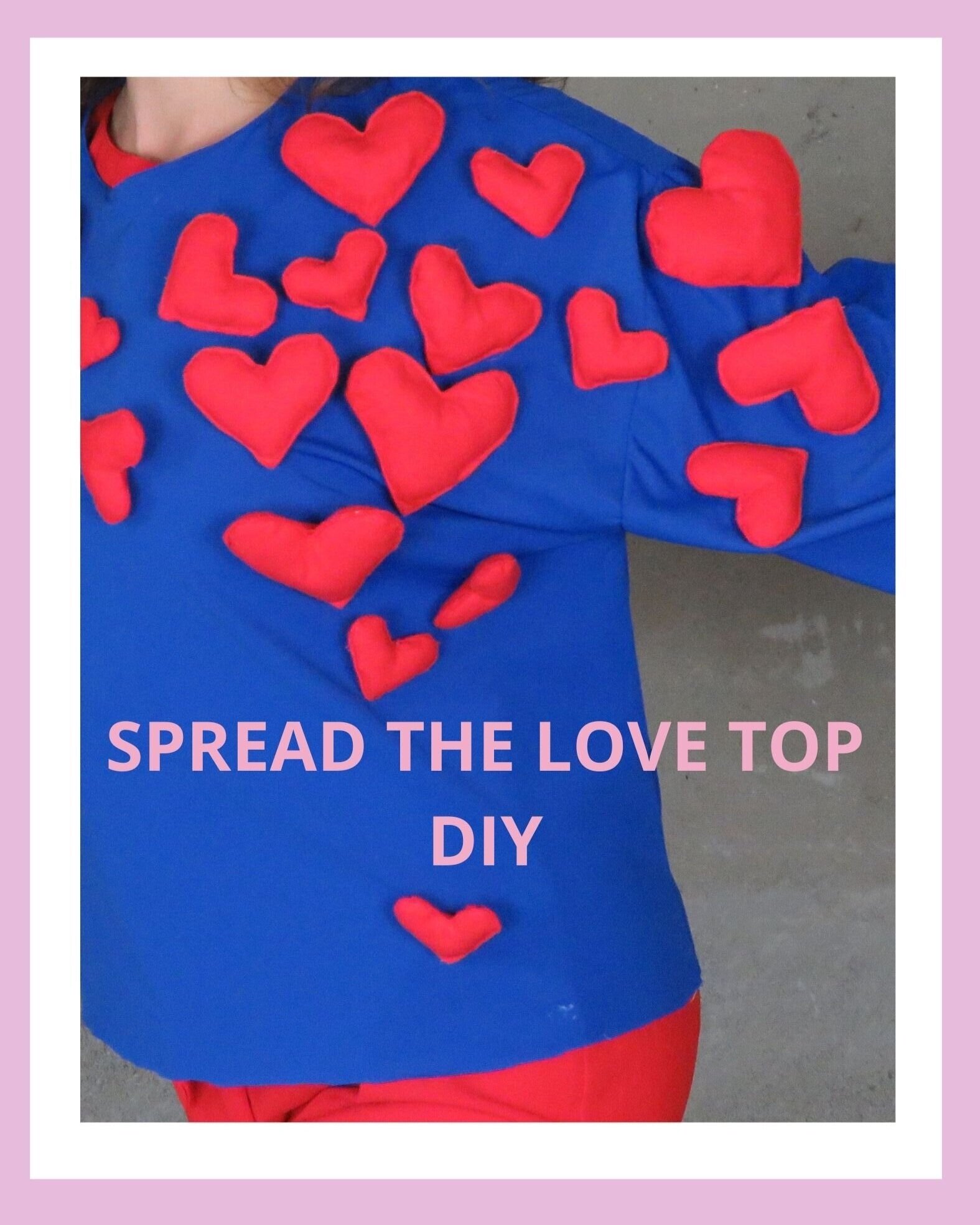Good Preparation Is Key How to Be Smart About Sewing
How about sewing isn’t about sewing?
The funny and strange thing is that sewing had mostly nothing to do with sewing. In order to get a good job there must be preparation, the majority of the tasks can make up preparing the fabrics, making design of restyling and refashioning DIY clothes or preparation updating your old clothes, getting the material ready you wishing to upcycle, pinning, measuring, ironing and steaming, settings on the machine..bits and bobs are all within a reachable distance…more on this below.
Would anyone think that sewing is more about the preparation and the supporting nuances prior actually assembling the pieces together and sew?
Why preparation is so important?
It is key, it is like engineering step by step building up the pieces and creating a detailed program how you are going to achieve it whilst visioning it in a multi dimensional way in front of your dreamy eyes.
The golden of rules are:
In sewing the emphases is on the preparation before anything.
More the prep work, less the seam ripping and unpicking later.
More the prepping, less the guessing later.
Since preparation is the biggest chunk out of the sewing process it can involve many tasks. It can be things between pre-washing the fabric, ironing the pieces flat for sharper edges and crisp lines, neat finishes, markings, sampling the fabric and run a test, checking the sewing machine’s parts and making the right settings.
So let’s get together all and see why are they important steps you shouldn’t miss them out.
Wash your fabric before sewing
It is advisable to do a “ceremony” wash before anything as most fabrics, especially natural fabrics shrink when washed. So, fabrics need to go through that before the first cut because dealing with this kind of issue can turn out very unfortunate if it happens after the tailoring is done. Always pre-washed your textiles before sewing wether it is dressmaking, quilting, patchwork projects, home decoration DIY or home made clothes.
If you are repurpose clothing, updating your old clothes with DIY fashion hacks for a bit of fun and interesting customisation you can skip this presumably you been over a few washing cycle with them.
2. Take time with the measurements
Take a little time measuring the patterns and yourself which is going to make it easier for you at the later stage of the process. If you decided to take ideas from your wardrobe for example want to clone one of your clothes you already have, not skipping this process would make it so much easier for you instead just blindly cutting your item along the silhouette.
This practical step is going to ease the sewing and construction process, and also improve your problem solving skills and visual thinking whilst figuring out what would you like to see once it is ready in the 3D.
Spending time with transferring notes from the sewing magazine and marks from the clothes making pattern. The point of those to help you out with the entire process.
3. Pin as you go
Pin the cut out items together for a neat finish. Pinning would help tremendously as it saves you time later. Whilst you are pinning the pieces together you do most of the work, you can see the project unfolding in the 3D in front of your eyes. With puzzling the parts together you are mostly done, and it is together just a way how you want them to look like once they have the seams.
Throughout this process there is chances to spot bubbles or any greases to smooth out before the actually sewing starts.
4. Know what you work with
Sewing isn’t just like a Peppa Big World Theme Park where you pick a ride and go for. Spend time studying and looking into what kind of material are you working with and pick the right thread. Perhaps you need a stronger one or a jersey one.
The same exercise go with the types of needles. It can turn the whole project if you have the right needle for that material you work with. With the right tool you can unlock many potentials.
5. Test run
Always do a test sewing on a scrap piece of material, during the test run you will see how the machine behaves with the fabric you are actually about to work on, that will give you an opportunity to adjust all settings and check the functions on your sewing machine. What kind of things to look out for?
Check your seams and finishing edges if they look as they supposed to, not too loose or tight, nor skipping any stitches.
6. Ironing
Ironing is a next little tip on the list. It makes your sewing easier if you iron as you go, it seems like a painful and annoying exercise and most of the sewing tutorial or pattern guidances don’t mention, however nice neat flat surfaces and clean edges can drastically improve your sewing ability when you are at the beginning stage. Ironing not only makes your seams and finishes nicer but also will assist in your sewing process greatly.
7. Make space for your creative project in your mind
The most important preparation out of all is to actually prepare your mind. Just like with any artistic or creative hobby it start with finding the time and the mental space and allow the flow of creativity for bringing something into life and to give all ideas to pop into our head without any judgements.
Sewing requires patience and time, there are a few details that needs attention and sometimes even hours especially when there is unpicking involved. Sewing isn’t a race we need to win especially against people with multiple years of practical knowledge behind their back. Also learnt that sometimes frustration can built up since many tutorial states the sewing time which is oftentimes takes 3-4 times longer than it is indicated, which isn’t a realistic approach that can set a positive tone. If we pay attention to the preparation process and adjusting and tweaking the items correctly it could actually result in more work hours, since all the other steps are taking up the majority of the process.
RELATED ARTICLES
ENERGISE
YOUR
DAYS
WITH
COLORS
-
CATCH
A CONFETTI
YOU MAY ALSO LIKE
FOLLOW @SPICEITUPWITHDORI

























How to actually spice up your life? What is successful living? How do we reach the state of being in the moment with contentment not caring about the past, the future, nor the world around us? There are some strategies out there and I thought it would be fun to talk about today my namesake expression I really love using allot, how to actually spice up our lives ?